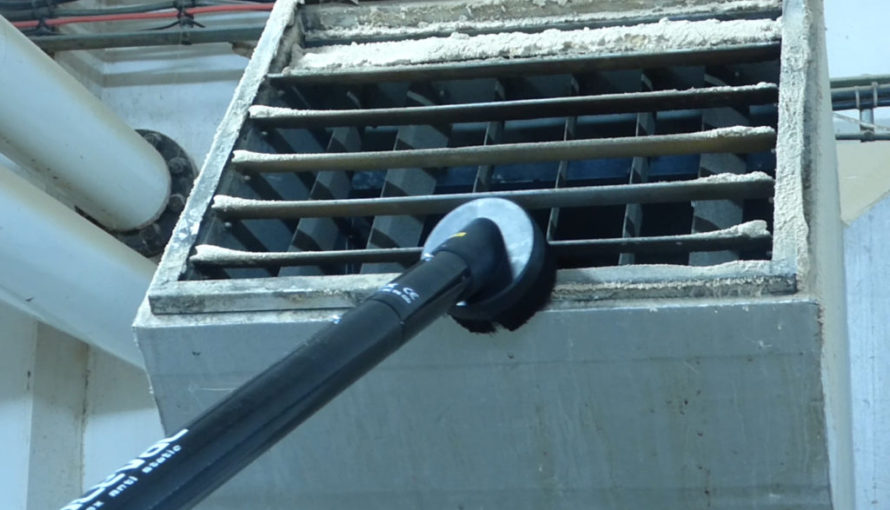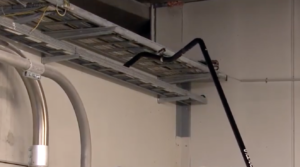Examples of Combustible Dust and Where they can be Found

Our ATEX cleaning systems have been developed specifically for use within areas where a risk is presented by combustible dust. But what is combustible dust? Our resident ATEX expert Andy Collar provides a short introduction to this specialist area of cleaning.
Combustible dust is any fine material (such as powder and particles) that can potentially catch fire and even explode when combined with the right air mixture. Once the ratio between combustible dust and air is right, the material can ignite from something such as a small spark, cigarette or even enough friction can create the energy needed to produce an explosion. The air ratio needed to create the combustible dust can vary depending on dust\powder as some materials are easier to ignite than others.
We have mentioned that either dust or powder can mix with the air and ignite creating an explosion, but below we have listed a number of different materials that can create combustible dust. They are:
Solid Organic Materials
A lot of different materials do fit into this category but here we will go through the simple, easy to spot materials that can cause combustible dust. A lot of common materials in which we know are able to burn can create the combustible dust. Materials such as Sawdust and Coal are commonly known to create combustible dust. However, other materials such as Starch, Sugar, Pollen, Flour and even Grain can be sources for combustion. This means that some activities such as transporting grain and grain silos have been victim to combustible dust incidents which have resulted in violent explosions, destroying property and harming/killing workers nearby. Other places at risk of a combustible dust incident are:
- Sawmills or other facilities where wood is used as a primary material. Here the shavings and dust will distribute through the air and settle all over the space
- Mills – such as a flour mill or paper mill – where materials will not only disperse in the air during manufacture but also be stored for periods of time
- Facilities working with textiles – this could be anything from large scale industrial laundries to facilities creating and working with textiles to create clothing etc.
There are numerous examples of materials that qualify as combustible dust including:
- Agricultural products such as egg whites, powdered milk, cornstarch, sugar, flour, grain, potato, rice, etc.
- Metals such as aluminum, bronze, magnesium, zinc, etc.
- Chemical dusts such as coal, sulphur, etc.
- Pharmaceuticals.
- Pesticides.
- Rubber.
Metals
Different types of metals can also be a potential source of combustible dust. In order for a metal to produce particles fine enough to mix with the air to create the combustible dust that can create a dangerous environment for you or anyone near, the metal has to be ground up into a fine powder. Metals such as Aluminium, Magnesium and Titanium can all become environmental dangers once reduced into fine particles and mixed in with the air.

When is Combustible Dust at its Most Dangerous?
When dealing with combustible dust you are always putting yourself in danger when not handling the situation correctly. The environment that the dust surrounds can result in small fires or escalate into an explosion.
It is also important to know that with combustible dust, rapid combustion is very possible. This can happen when the air consists of small dust particles which have a low amount of volume but have a high amount of surface volume. The large surface area allows the particle to react more efficiently with the air, and due to the low volume of the particle this allows for a quick/rapid burn. This mixed together with surrounding particles and air molecules can quickly generate a large amount of energy in the form of an explosion.
If you find this information useful then feel free to contact us regarding how we can help you remove the combustible dust within your working environment with our specialist ATEX certified cleaning systems.
A number of products are available within the product line – from the ATEX LITE system which catered to smaller facilities and occasional users, to our new 50mm ATEX system 0 designed for heavy duty operators working in the toughest of conditions.
Thank you for reading our blog post, if you have any enquiries or wish to contact us, visit our contact page or give us a call on 01604 968668.
ate cleaning atex cleaning products atex vacuum products cleaning combustible dust combustible dust specialist atex cleaning

